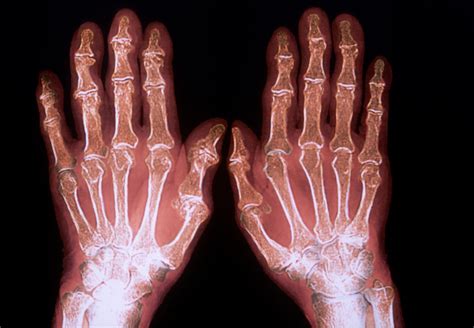Reactive arthritis is a condition characterized by joint pain and swelling, which is often triggered by an infection in a different part of the body, such as the intestines, genitals, or urinary tract. This type of arthritis typically affects the knees, ankles, and feet, but it can also lead to inflammation in the eyes, skin, and the urethra. For more detailed information, you can visit Mayo Clinic.
In general, arthritis refers to the swelling and tenderness of one or more joints, with the main symptoms being joint pain and stiffness. These symptoms often worsen with age. Osteoarthritis and rheumatoid arthritis are the most common forms of this condition. To understand more about these types, see Mayo Clinic.
Arthritis not only causes physical discomfort but also has a significant impact on mental health, with a high prevalence of anxiety and depression among those affected. It is also a major factor in prescription opioid use, contributing to lost wages, disability, and increased medical costs. Updated statistics on arthritis can be found at CDC.
Reactive arthritis can result from infections like Chlamydia trachomatis or salmonella. Alongside joint pain, it may cause symptoms in the urinary tract and eyes. Treatment involves antibiotics for the infection and other medicines for arthritis symptoms. Learn more about this at Johns Hopkins Medicine.
Deciding which doctor to see for arthritis can be confusing. Primary care doctors usually can treat osteoarthritis, but specialists like orthopaedists or rheumatologists may be necessary for more complex cases. For guidance on this topic, consult Cleveland Clinic.
Untreated rheumatoid arthritis (RA) can lead to severe joint damage and other serious complications. It’s crucial to understand the risks of untreated RA and the importance of timely treatment. For more information, visit Healthline.
Managing arthritis includes balancing rest and exercise, using heat and cold therapies, and maintaining a healthy lifestyle. It’s important to consult with a doctor before beginning any exercise routine. For more tips on managing arthritis, check out National Institute of Arthritis and Musculoskeletal and Skin Diseases.



